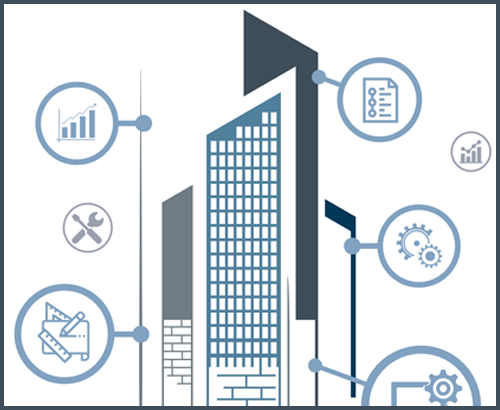Thinking Ahead: Understanding the Hidden Risks in Your Backlog

Last week, the Federal Reserve indicated that it would accelerate and complete its bond and mortgage-backed securities purchasing program in March instead of June, coincidently just after Chairman Jerome Powell was nominated for a second term.
Completion of the purchasing program will clear the way for the Federal Reserve to start increasing interest rates earlier in 2022 (likely to combat problematic inflation), something global markets are now pricing into their valuations of assets. The most notable reaction was an inversion of Eurodollar futures curves, signaling forthcoming economic weakness. At a minimum, the data is providing us insight into how traders are in disbelief that the economy is ready or willing to stand strong without the Fed’s support.
At the same time, China continues to struggle. Evergrande has now officially defaulted after missing Monday’s interest payment of $82.5 million on U.S. dollar bonds. Debt issues and the current decline in Chinese real estate prompted the nation’s leaders to reduce reserve requirements that banks hold on loans, in effect releasing 1.2 trillion yuan ($188 billion) of liquidity. This easing of monetary policy is an indication the nation is facing notable economic pressure, and not long after the historically low gross domestic product (GDP) growth reported last quarter.
What that means for construction
We’re seeing lackluster, albeit mixed, nonresidential building construction spending growth in 2021 while prices are climbing at a breakneck pace. Implications suggest a steep decline in real construction activity, likely masked by higher-priced contracts. However, unemployment is low and companies are seemingly in a frenzy to hire, creating some confusion about where the industry will be in the years ahead.
While there are still several high-profile large projects kicking off now, megaprojects are only about 20% of construction put in place. They might garner headlines and lure some into a false sense of security about the state of the industry, but this year’s declines in office, retail, hospitality and other sectors need to be considered when looking at construction spending overall.
Many have relied on backlogs to keep profits stable, but that might be increasingly challenging if future revenue is riddled with fear, uncertainty and doubt on the availability of inputs, higher anticipated prices and market volatility. If contracts aren’t sound or structured in ways to manage those risks appropriately, backlogs may cause more headaches in 2022 and 2023 than anticipated.
What can be done?
One solution commonly posed over the past year in easing supply chain constraints has been to move manufacturing and materials production back to the U.S. The problem is that we still need to work through and deal with the same constraints around labor and materials to build that new production capacity.
The advice we’re telling our clients is to simply stay close to your customers and understand what is driving your projects’ success. If possible, secure materials early to lock in prices and mitigate supply chain delays, but more importantly be sure to continually test and retest the viability of your backlog and understand each owner’s level of commitment.



BLOG_TN_500x410.png)